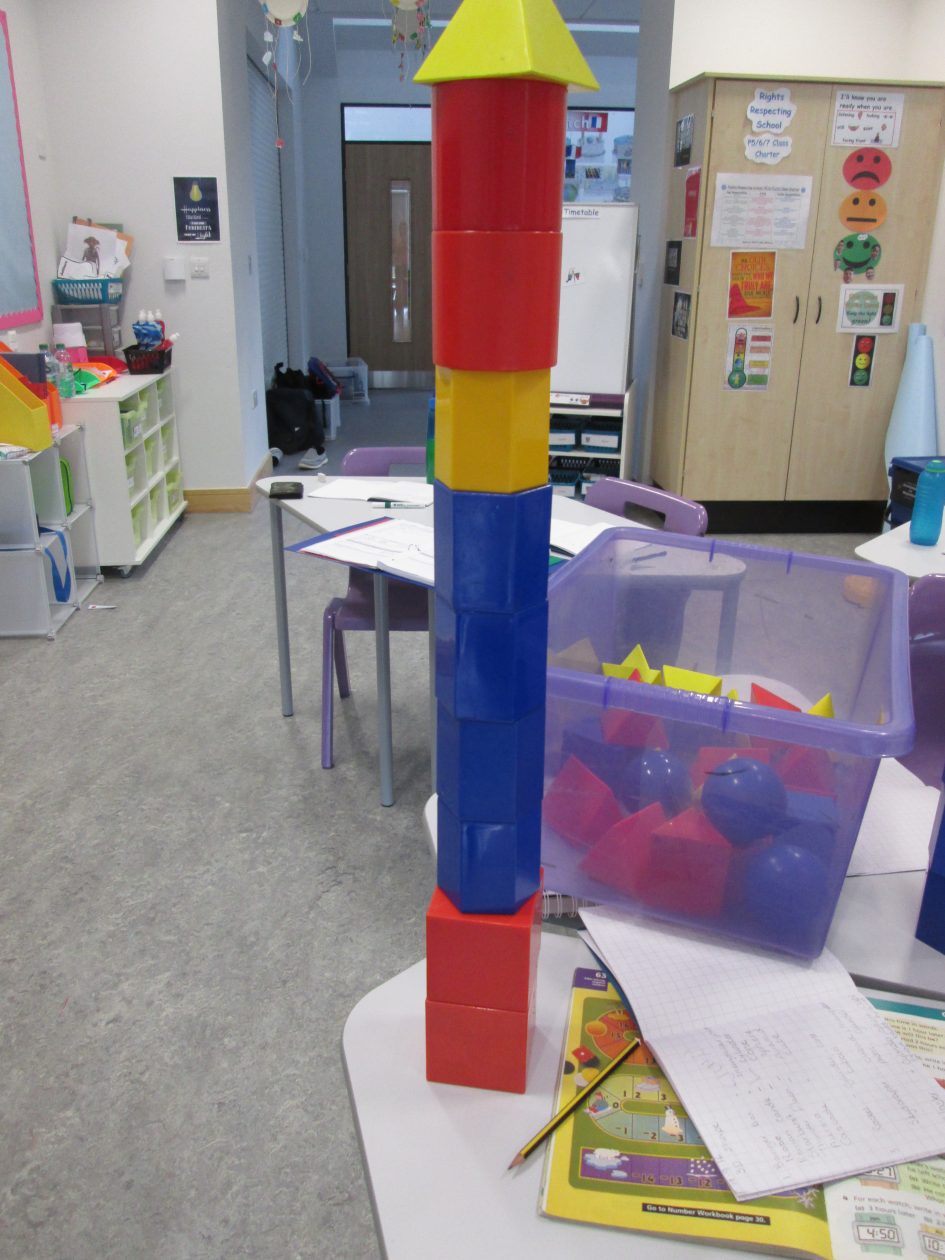

But that’s clearly the direction of travel for an industry in which light-weight, complex, in-house manufacturing will define which payloads enter orbit – and which end up rapidly dissembling at an inopportune moment.The outer shell of the 3D-printed rocket engine. It remains to be seen whether an entire rocket, including its engine, can be 3D-printed in once piece. The latter aims to launch a rocket using a 3D-printed engine as early as 2022. Of note are Rocket Lab, which uses its 3D-printed engine to launch rockets from New Zealand, and Relativity Space which is 3D printing its entire rocket. It accelerates their development phase, helping them survive the crucial years before they manage to get anything into space. Virtually all new rocket companies and space startups are adopting 3D metal-printing technology. Companies vying to launch payloads into space take a public relations knock whenever they’re forced to push back their launch schedules on account of faulty rockets. Investors may get flighty as the RUD scrap heap begins to mount. That matters for private space enterprises. No company has yet to reduce this number down to one, but it’s undeniable that 3D printing has brought about a new age of fast, responsive rocket engine development. For rocket engines, an Inconel copper super alloy powder is used, because it can withstand very high temperatures.Ī redesign of the Apollo F-1 engines using 3D printing reduced the number of parts from 5,600 to just 40. Once the shape has cooled, another layer of powder is added, and the part is built up layer by layer. The metal binds where it’s melted, and remains powder where it’s not. It works by first laying down a layer of metal powder, before melting shapes into the powder with lasers. Increasingly, engineers are favouring a process called selective laser sintering to 3D-print rocket engine parts in an additive process. Space companies are now moving away from subtractive manufacturing processes – which remove material to shape a part – to additive manufacturing processes that build up a part by adding material to it bit by bit. The easiest way to do this is to change manufacturing processes. The key to fast engine development is to reduce the number of parts, which reduces the time it takes to assemble the engine and the disruption caused by supply chain delays. This lengthy, expensive process might have been fine in the 1960s, with the US government funnelling money into Nasa to fuel the space race, but for private companies it simply takes too long. The F-1 rocket engines that launched Apollo 11 towards the Moon were made of thousands of individual parts. This means you can expect to see many more rockets blowing into tiny pieces in the coming years, but the parts they’re actually made of are set to become larger and fewer as the private sector space race intensifies. Whole structures that would have previously required hundreds of distinct components can now be printed in a matter of days. Today, 3D printing technology, using heat-resistant metal alloys, is revolutionising trial-and-error rocket development. Perfecting rocket engines in this way is one of the main sources of developmental delays in what is a rapidly expanding space industry. A new and improved engine is then designed, manufactured, shipped to the test site and fired, and the cycle begins again – until the only disassembly taking place is of the slow, scheduled kind. Unintended explosions are in fact so common that rocket scientists have come up with a euphemism for when it happens: rapid unscheduled disassembly, or RUD for short.Įvery time a rocket engine blows up, the source of the failure needs to be found so that it can be fixed. The volatile nature of space rocket engines means that many early prototypes end up embedded in dirt banks or decorating the tops of any trees that are unfortunate enough to neighbour testing sites.


 0 kommentar(er)
0 kommentar(er)
